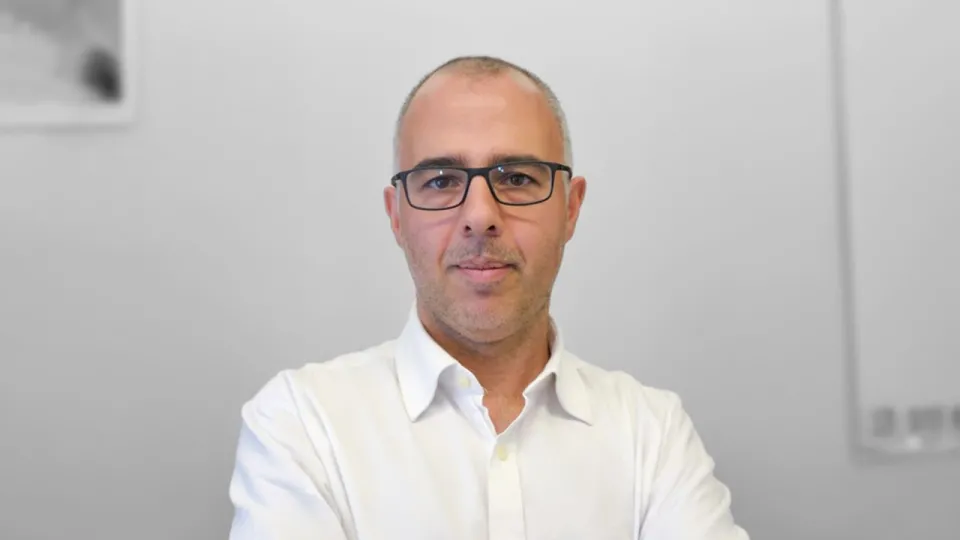
A Free Boundary Problem for Accretive Growth
- Katerina Nik, Postdoc, Applied Mathematics and Modelling Group, University of Vienna
B9 L3 R3128
Growth is a fundamental process in biological systems and various technological applications, including epitaxial deposition and additive manufacturing. The interaction between growth and mechanics in deformable bodies leads to a wealth of very challenging mathematical questions. I will give a short overview of the key concepts of morphoelasticity, namely, the theory of elastic deformations in growing bodies.
Overview
Abstract
Growth is a fundamental process in biological systems and various technological applications, including epitaxial deposition and additive manufacturing. The interaction between growth and mechanics in deformable bodies leads to a wealth of very challenging mathematical questions. I will give a short overview of the key concepts of morphoelasticity, namely, the theory of elastic deformations in growing bodies. Unlike the classical case, the reference state of a growing body evolves over time, also in response to external stimuli and stress. In some situations, this calls for a free-boundary formulation, as the actual shape of the undeformed body is also unknown. I will discuss the case of surface accretion, which presents specific challenges. The emphasis will be on developing a variational framework where the existence of quasistatic morphoelastic evolution can be proved. This talk is based on a collaboration with Elisa Davoli (TU Vienna), Ulisse Stefanelli (University of Vienna), and Giuseppe Tomassetti (Roma 3).
Brief Biography
Katerina Nik is a Postdoctoral Researcher. Currently at the Faculty of Mathematics of the University of Vienna, and soon at the Delft Institute of Applied Mathematics of TU Delft. My research interests concern the study of nonlinear partial differential equations arising in biology, mechanics and fluid dynamics. Modeling, well-posedness, existence/nonexistence of solutions, as well as qualitative properties including stability and long-time behavior build the main focus of my research.
